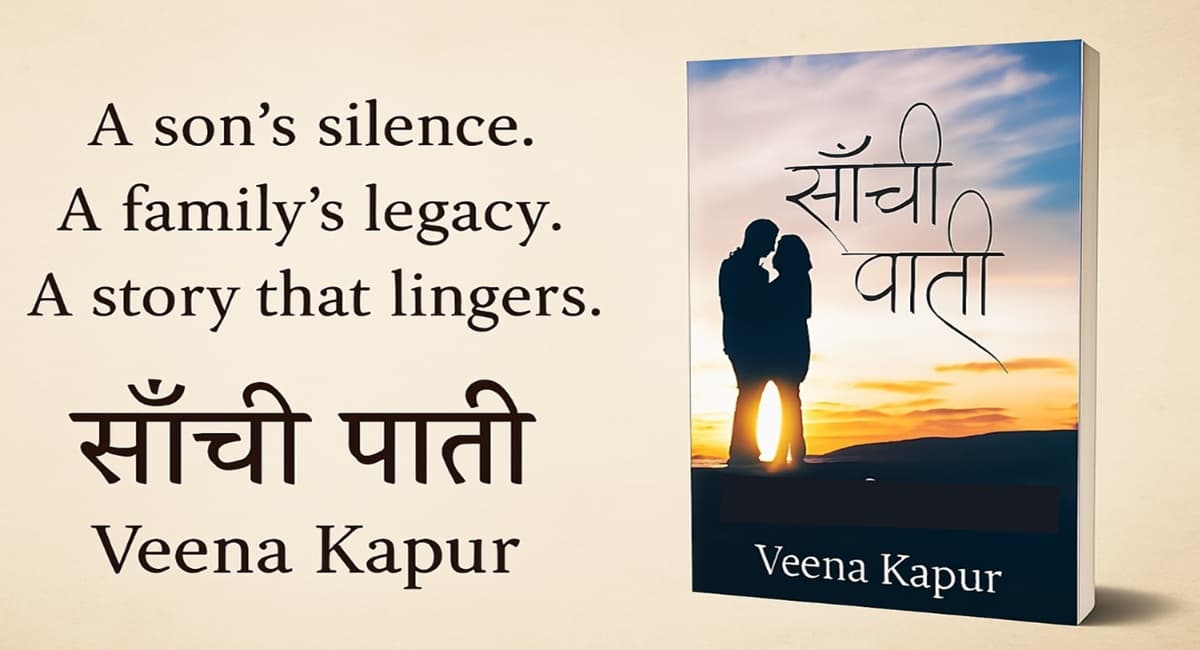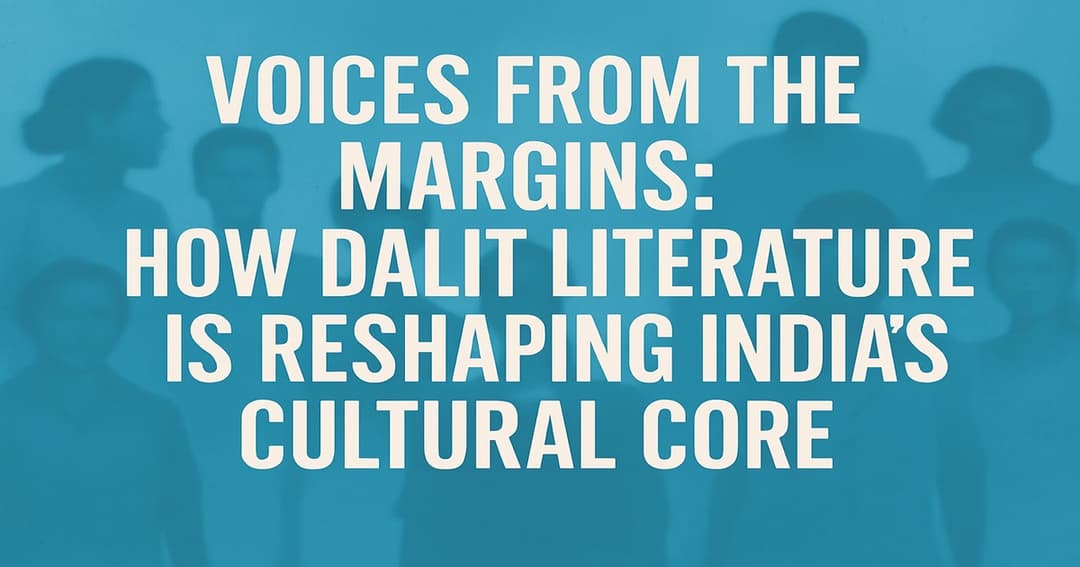Veena Kapur’s Saanchi Paati is a poignant exploration of familial expectations, generational values, and the quiet rebellion of selfhood. Published by White Falcon Publishing in 2018, this 164-page novel centers around Shailendra, a son caught between the weight of tradition and the pull of personal desire.
Plot Overview
At its heart, Saanchi Paati examines the roles of sons and daughters as extensions of their parents’ legacy. Shailendra is raised with the belief that he must uphold family values and continue the lineage with dignity. But as he matures, he begins to question the rigid path laid out for him. The novel follows his internal and external journey as he attempts to reconcile his own aspirations with the expectations of his family.
Themes and Symbolism
Tradition vs. Individuality: Shailendra’s struggle reflects a broader societal tension—how much of ourselves do we owe to our heritage, and how much can we claim for ourselves?
Gendered Expectations: The narrative subtly critiques the unequal emotional burdens placed on sons and daughters, especially in Indian households.
Emotional Inheritance: Beyond material legacy, the book delves into how values, guilt, and love are passed down through generations.
Veena Kapur’s Narrative Style
Kapur’s writing is introspective and emotionally resonant. She doesn’t rely on dramatic twists; instead, she builds tension through quiet moments—conversations, silences, and the weight of unspoken expectations. Her prose is accessible yet layered, making it ideal for readers who appreciate literary fiction with cultural depth.
Why It Matters
Saanchi Paati is more than a family story—it’s a mirror held up to countless households where tradition is both a comfort and a constraint. It invites readers to reflect on their own familial roles and the compromises they’ve made or resisted.
If you’re drawn to stories that blend emotional nuance with cultural critique, this novel might just resonate deeply.


